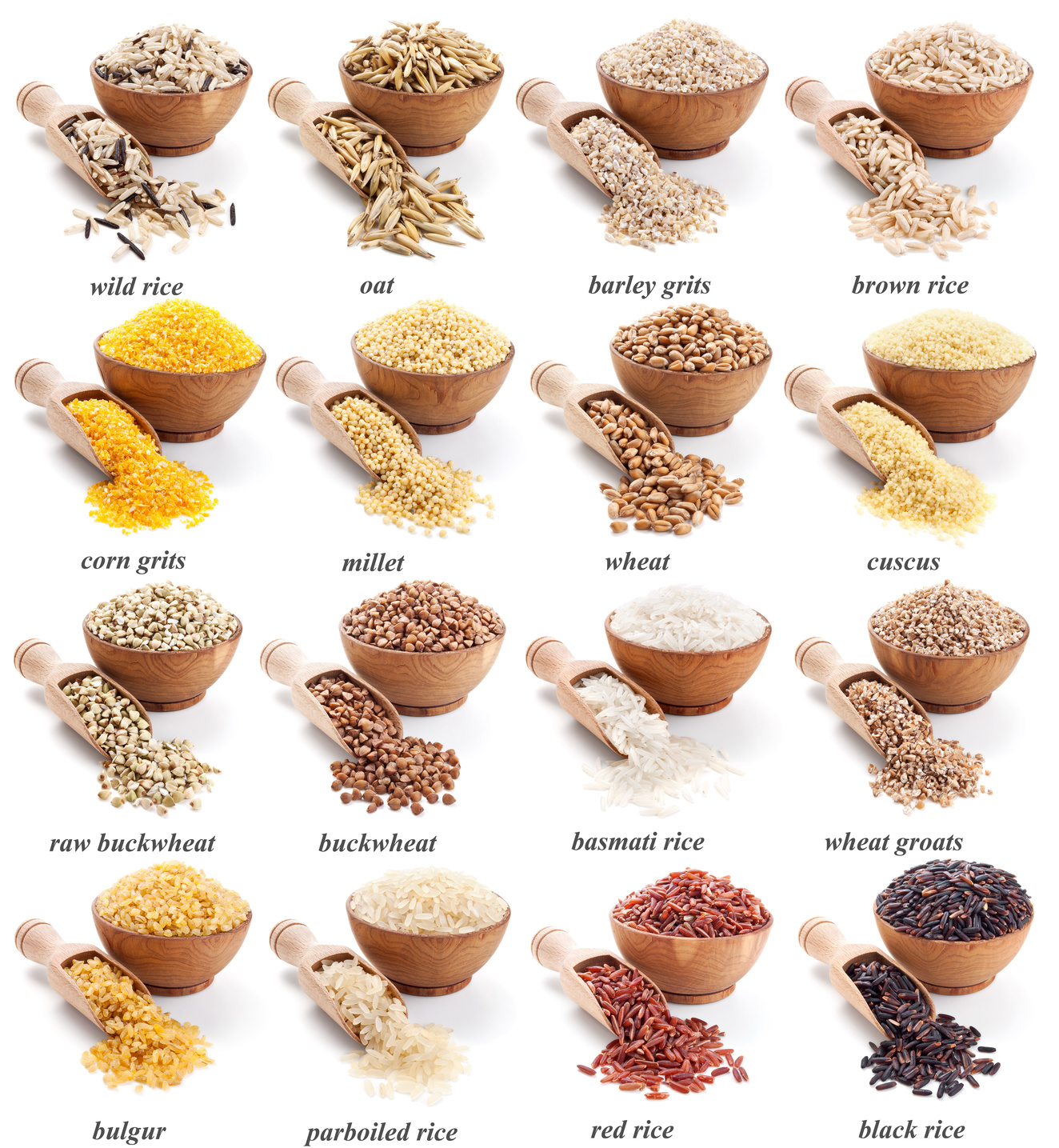In A Nut Shell About Grains, Legumes and Nuts
/WHEAT
This true grain comes from botanical family called 'Poaceae'. Wheat is most widely cultivated and is favourite for its culinary application. Wheat is high in carbs, fiber and protein complex which forms the gluten. It also contains B group vitamins like thiamin, riboflavin, niacin, folate and vitamin E. It is also rich in iron, zinc, magnesium, copper and calcium. There are two types of wheat , one is bread wheat which is used by all of us for various cookings at home in the form of chapati, porridge, various baking foods, flaked and puffed wheat is used for breakfast cereal and cereal snack bars and in bakeries . The other wheat is durum wheat which is the harder variety and is used commercially. It is ideally used for making different shapes pasta, semolina and couscous. Semolina is made from the endosperm part of the wheat. The process of cleaning, tempering, milling and purifying is done to get semolina. Couscous is another wheat product where coarsely ground wheat semolina is moistened and tossed with fine wheat flour until it forms little round balls. Refined grains like white flour are processed so the properties of germ and bran are removed. Refined flour and its products are low in vitamins and minerals.
RICE
This is the most eaten grain in the world. Rice is 85% carbohydrates, it has little amount of protein, its bran has insoluble fiber. it is high in potassium and low in sodium so is a blood pressure friendly food. It is gluten free and most non allergic grain. Brown rice is the one where the bran layer of it is still intact. it has more nutrients as the bran is not removed yet, hence it is fiber rich. Rice which is low in glycemic index are Doongara, clever rice and basmati rice. Jasmine rice is from Thailand, is fragrant and is usually steamed. Arabic rice is usually used for risottos.
OATS
This is a individual grain which almost never have its bran and germ removed in processing to make oat flour, so it has whole grain. Oats has a soluble fiber beta gluten which helps in removing the cholesterol and improves the blood glucose. Oats are high in carbohydrates, have a higher percentage of proteins than other grains, high in soluble fiber and has 8% unsaturated fats which is the healthy fats. Oats are also high in potassium and low in sodium thus health friendly. It contains B group of vitamins, copper and calcium.
CORN
This is the sweetest tasting grain. When the corn is matured and dried it is used like other grains to make flour. It is widely used by the food manufacturers. Corns are high in fiber and carbohydrates. They are also high in fats compared to other grains. Corn is gluten-free, the yellow corn contains beta carotene.
BARLEY
This is one of the oldest grain to be cultivated. It is low in gluten and fat. It is high in carbohydrates and fiber. It has low glycemic index. Malted barley is used for alcoholic beverages.
GRAM FLOUR
Used like grains in the form of flour. This is ideally made from ground chick peas. It is high in protein and gluten-free. It is heart healthy, helps in stable blood glucose. It is helpful in digestion. It has manganese, folate, copper, phosphorus, potassium, zinc, thiamin and vitamin B6.
Legumes and Dhals
They can also be called pulse or beans, lentils, peas. They are a good source of protein, iron, calcium and zinc and B vitamins. Black beans have folate, fiber, manganese, phosphorus, iron and antioxidants. They are high in protein and are good for diabetics. Chickpeas or garbanzo beans help lower the LDL , they are also good source of proteins. Hummus is a popular dish made from mashed chickpeas.
Grains and legumes eaten together are a good source of carbs and proteins with few micronutrients in it. This combination is a complete meal itself. Avoid refined flour as it is devoid of fiber and many vitamins

